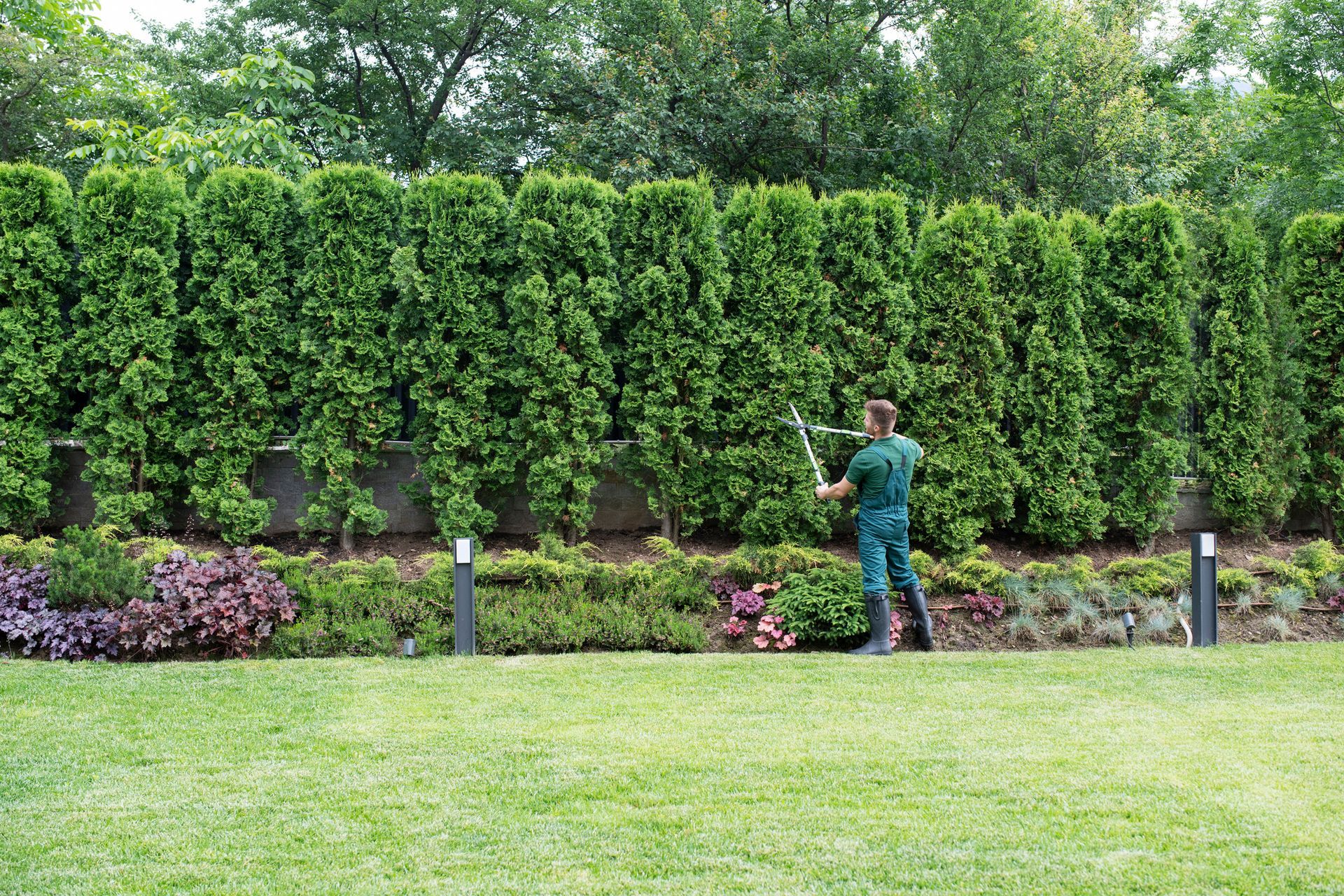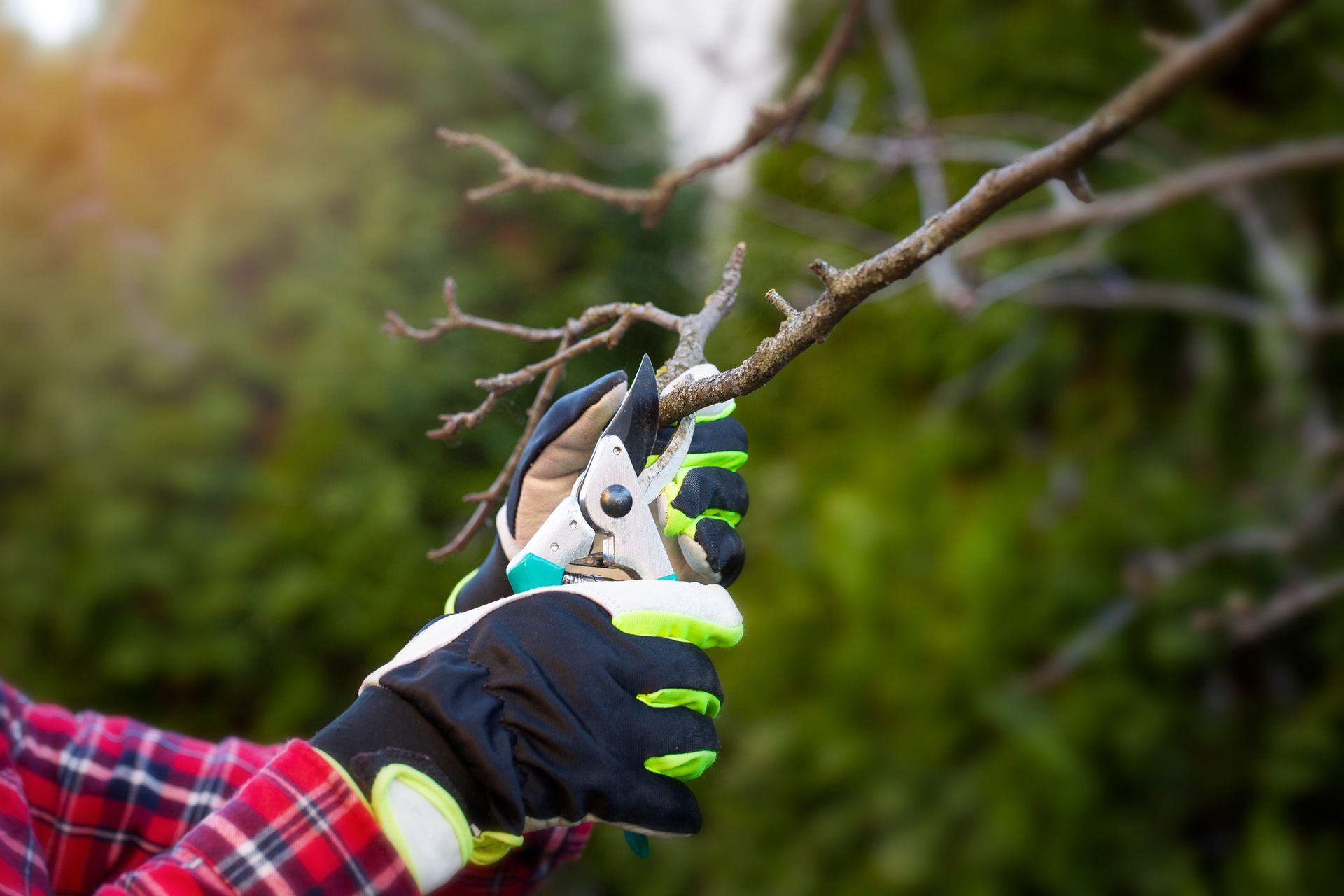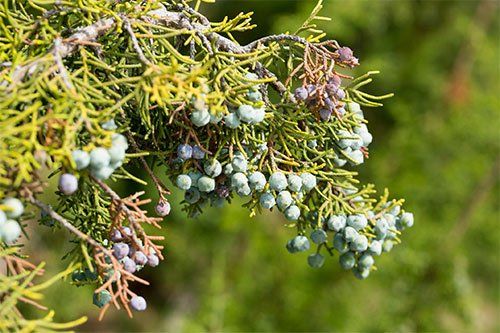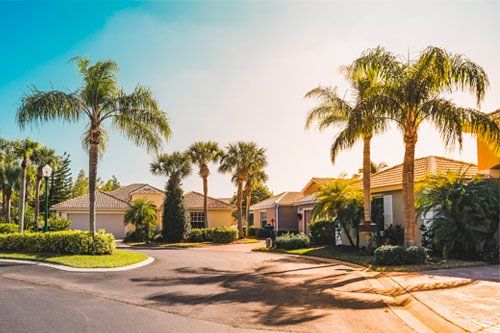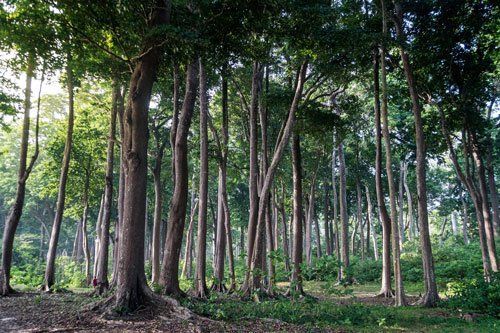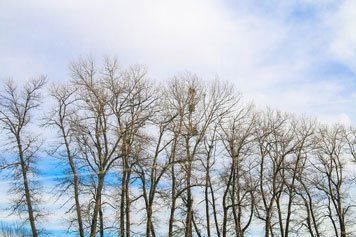3 Deadly Tree Diseases
Some tree diseases, like anthracnose and powdery mildew disease, really only harm the tree's appearance. If you have the affected branches trimmed away and take steps to keep the tree dry, the symptoms disappear within a growing season or two.
Sadly, this is not the case with all tree diseases. Some tree diseases, like the three discussed below, are deadly and will claim the life of your tree no matter what you do.
1. Oak Wilt
Once confined further east, oak wilt has been seen in California oak trees in the last decade. This serious fungal infection can affect any species of oak, including live oaks and black oaks. Oak wilt is caused by the fungus Ceratocystis fagacearum. It attacks the xylem of the tree — the tissue responsible for carrying water up to the tree's branches and leaves — so affected trees eventually become unable to transport water to their branches.
The first sign of oak wilt is usually the drying and crumbling of various leaves throughout the crown. In the months that follow, more and more branches become infected. Red oak species may die within months of the first symptoms, whereas white oak species may slowly languish over a period of several years.
Oak wilt is very infectious and is spread from tree to tree through underground root connections and by insects. Aside from not pruning your trees during the spring and summer when insects are most active, there's not a lot you can do to protect your oak trees from oak wilt.
2. Armillaria Root Rot
Armillaria root rot is a fungal disease most often seen in stone fruit trees and almond trees. The disease may also affect oak trees and some ornamental shrubs.
Caused by the fungi Armillaria mellea, the disease attacks the roots of the tree. Symptoms usually first appear in early summer. The canopy begins looking a bit thin, foliage appears pale, and the tree's growth is stunted. These symptoms arise because the roots become unable to obtain water and nutrition for the tree.
Soon after the first symptoms appear, you'll notice small, honey-colored mushrooms growing in the soil at the base of the tree. These are the spore-forming bodies of the fungus and are an indication that the fungal infection has reached maturity. Trees typically die soon after the mushrooms appear.
3. Ganoderma Root Rot
Ganoderma root rot is very similar to armillaria root rot. However, it is caused by a different fungus — Ganoderma lucidum — and it affects maples, oaks, ashes, and elms more often than fruit or nut trees.
As with armillaria root rot, the first symptoms are usually thinning of the crown, undersized and yellow leaves, and dead branches. Soon after, fruiting bodies start appearing on the roots and on the lower portion of the tree's trunk. These fruiting bodies look like shelves and are sometimes called shelf fungi.
Most trees die within three to five years after they become infected. Because the disease weakens the tree's roots and butt, many trees with ganoderma root rot are uprooted in storms when high winds blow them over.
So what should you do if you suspect your tree has one of these deadly infections? First, have a tree care expert look at the tree to confirm the diagnosis. If the tree really does have oak wilt, armillaria root rot, or ganoderma root rot, then arrange to have it removed sooner rather than later. As the disease progresses, the tree will just grow weaker and more apt to fall on your home or a person.
If you are seeking a reputable tree care company in the San Diego area, contact One Tripp Tree Service. We offer tree trimming, tree removal, and more.

